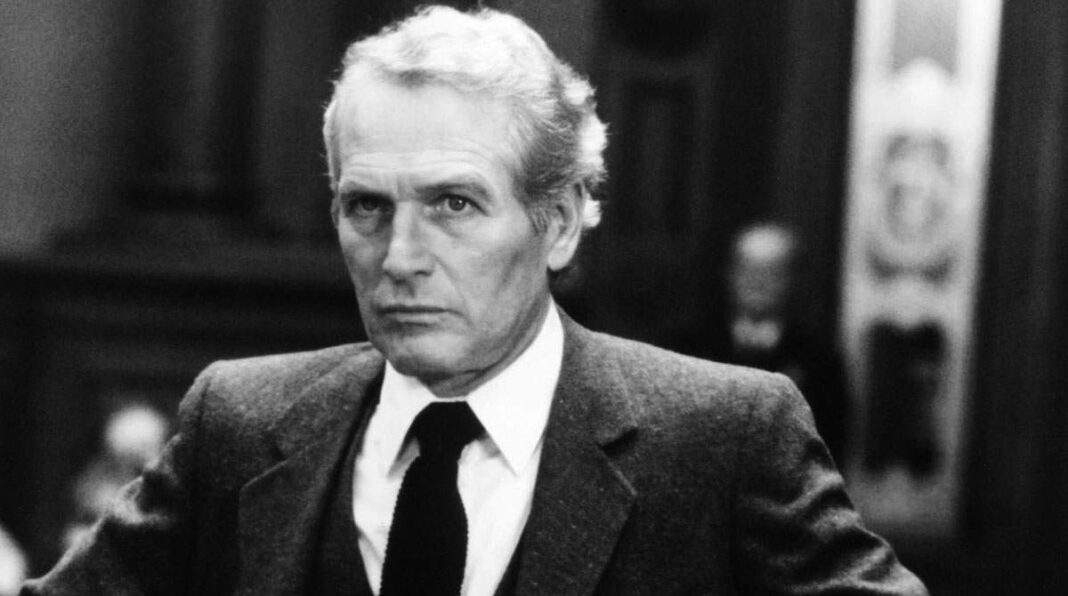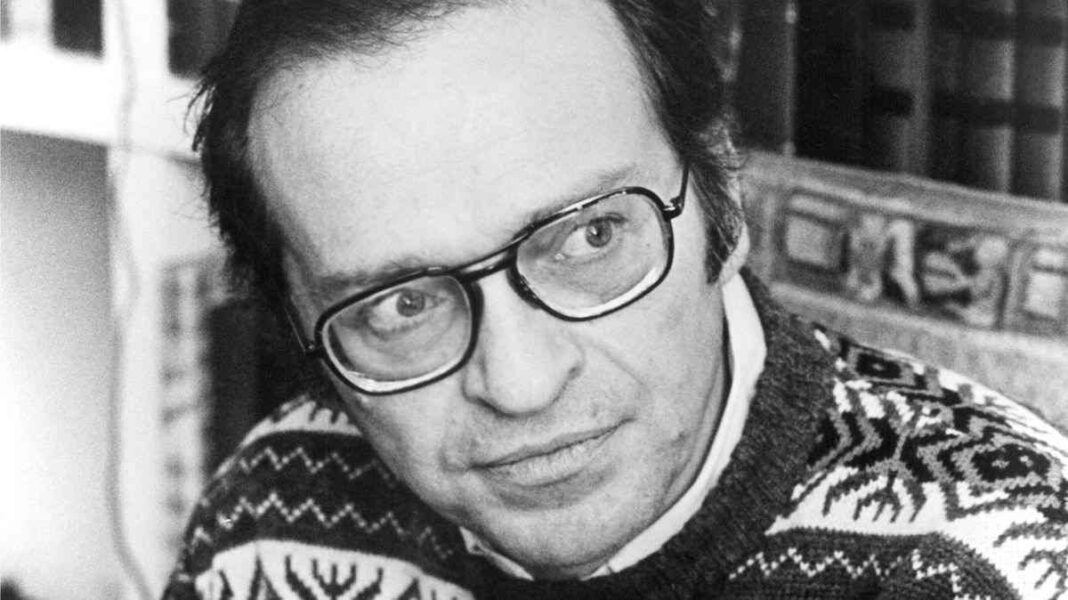In the world of entertainment, actors are often subject to a multitude of stereotypes and preconceived notions. However, it’s time to put aside these misconceptions and take a closer look at the individuals who bring stories to life on the big screen. Actors are not just cattle, dumb, spoiled, overpaid, or egotistical. They are performing artists, and the art of acting is a complex and courageous endeavor.
The Essence Of Acting
Actors are not just celebrities; they are performing artists who utilize their emotions, thoughts, and physicality as instruments to convey stories. Unlike musicians or dancers who use external instruments or movements, actors offer their very essence to the audience, making their art form deeply personal and often challenging. This deep personal investment separates acting from other art forms. Actors need to tap into their own experiences, emotions, and vulnerabilities to portray their characters convincingly. This process requires immense bravery, as it involves exposing one’s innermost feelings and thoughts to the public. The actor’s ability to do this effectively can make or break a performance, highlighting the art’s intrinsic complexity and depth.
Creating Life On Screen
Many actors can duplicate real-life situations with precision, portraying every detail flawlessly. However, there’s a crucial difference between replicating life and creating it. The true essence of acting lies in the degree of personal revelation by the actor. It’s about baring one’s soul, and this is where the magic of storytelling truly comes alive.
Paul Newman’s Transformation
Paul Newman’s work in “The Verdict” exemplifies the depth of dedication required in acting. During rehearsals, the director sensed something was missing in Newman’s portrayal. After a frank discussion, Newman brought an unseen level of emotion to his character, highlighting how actors often have to confront personal barriers to breathe life into their roles. This incident underscores the importance of self-discovery and vulnerability in acting. Newman’s willingness to delve deeper into his character, to explore and reveal a part of himself, transformed his performance. It shows that the actor’s journey is not just about portraying a character but also about personal growth and exploration.
Challenges Faced By Actresses
Actresses, in addition to emotional vulnerability, face unique challenges. They are often judged on physical appearance and are expected to conform to unrealistic beauty standards. Ageism in the industry further complicates their careers, as roles diminish significantly as they grow older, a disparity less pronounced for their male counterparts. The industry’s focus on physical attributes can be dehumanizing and demoralizing for actresses. They often have to undergo physical transformations and are sometimes reduced to mere sexual objects. This treatment not only undermines their artistic abilities but also creates an environment that is emotionally taxing and potentially damaging to their self-esteem.
The Importance Of Rehearsal
Rehearsals are not just for memorizing lines but for exploring the emotional depths of characters. The director emphasizes the importance of rehearsals in building trust and understanding among the cast, allowing for more authentic performances. The rehearsal is crucial in the creation of a character. It allows actors to experiment with different emotions, expressions, and reactions, helping them to fully inhabit their roles. Rehearsals also foster a sense of community and trust among the cast, which is essential for a cohesive and dynamic performance.
The rehearsal process typically begins with discussions about the script’s theme, characters, and scenes. The actors engage in table readings, scene breakdowns, and character analyses. They read the script multiple times, exploring nuances and emotions. The first nonstop reading is usually driven by instinct, but as repetition dulls this initial instinct, actors and directors turn to techniques to maintain the emotional depth required for the performance.
Block And Staging: Bringing The Script To Life
After initial script readings, the rehearsal process moves on to blocking and staging. The physical space where the film will be shot is recreated on the rehearsal floor, complete with furniture and props. Actors rehearse their movements and interactions, ensuring that each action flows naturally from the previous one. This process helps them internalize their characters’ physicality and environment.
Adjusting To Non-Sequential Shooting
One challenge in filmmaking is that scenes are not shot in sequential order. The order of shooting depends on factors like location availability, budget constraints, and the availability of supporting actors. To maintain consistency in their performances, actors rehearse in sequence during the rehearsal period, giving them a sense of the characters’ development and emotional arcs.
Diverse Acting Techniques
Actors employ various techniques to channel emotions into their performances. Some, like Ralph Richardson, use auditory cues, while others rely on rhythm or even line readings. Understanding these differences is crucial for directors to effectively guide actors in their performances. Every actor has a unique approach to their craft. Some may draw from personal experiences, while others might rely on imagination or method acting. This diversity in techniques enriches the acting field, allowing for a wide range of performances and interpretations.
The Director-Actor Relationship
Central to the success of any film is the trust between the director and the actor. Directors must create an environment where actors feel safe to reveal their inner selves. This mutual trust is the foundation for creating authentic and emotionally resonant performances. Directors must understand the unique techniques and methods that actors employ and adapt their approach accordingly.
Self-Knowledge In Acting
Self-knowledge is a vital component for actors. It allows them to distinguish between genuine emotion and mere simulation, a skill essential in delivering compelling performances. Actors’ ability to understand and utilize their emotions and experiences is a key factor in their success. An actor’s journey towards self-knowledge can be as challenging as it is rewarding. It involves constant self-reflection and awareness, allowing them to tap into authentic emotions and reactions. This self-awareness not only enhances their performance but also contributes to their personal growth.
The Star Persona
One intriguing aspect of working with actors is their star persona. There is a certain mystique surrounding stars that captivates audiences. It’s not just about physical beauty or sex appeal; it’s a complex interplay between the actor’s individuality and the audience’s perception. Stars exude a sense of danger and unmanageability, making viewers feel that they can tame or connect with this larger-than-life quality.
The Challenge Of Stardom
Despite their talents, many actors can become spoiled by their success. They may demand luxurious trailers, private staff, and various amenities that divert resources away from the film production. This newfound power can also affect their work negatively, highlighting the importance of humility and dedication to the craft.
Lessons From Kate Hepburn
Katharine Hepburn’s approach to her work exemplifies professionalism and dedication. Her collaboration with director George Cukor on “The Philadelphia Story” serves as a lesson in humility and adaptability. Hepburn’s willingness to expose her vulnerabilities to Cukor allowed for a more profound exploration of her character. Her humility and openness during filming created a collaborative atmosphere.
Ingrid Bergman’s Surprising Choice
In “Murder on the Orient Express,” the choice of roles demonstrated the importance of self-knowledge for an actor. Ingrid Bergman, a renowned star, chose to play a less glamorous character because she knew it would be a better fit for her. This decision earned her an Academy Award and emphasized that self-awareness can lead to exceptional performances.
Typecasting
Actors often face the challenge of being typecast into specific roles due to their previous successes. Breaking free from these molds requires extraordinary skill and determination. Overcoming typecasting involves taking risks, embracing diverse characters, and consistently delivering exceptional performances. Sidney Lumet shares a personal story of working with Marlon Brando on “The Fugitive Kind” to illustrate the importance of understanding and respecting an actor’s personal struggles. In this instance, Lumet recognized that something was troubling Brando, but he refrained from probing into the actor’s private issues. Instead, he provided support and patience, allowing Brando to overcome the challenges and deliver an exceptional performance.
Conclusion
In the world of entertainment, actors are not mere stereotypes or overpaid celebrities. They are brave artists who dedicate themselves to the craft of acting, willingly revealing their inner selves to bring characters to life. The rehearsal process, the director-actor relationship, and the integration of personal qualities into roles are all essential aspects of their work. While actors face unique challenges, from the pressure to maintain a star persona to the burden of expectations placed on actresses, their dedication to their craft continues to inspire audiences worldwide. By recognizing the complexity and depth of actors’ work, we can better appreciate the artistry that goes into every memorable performance on the silver screen.


